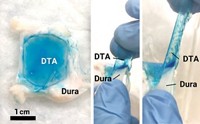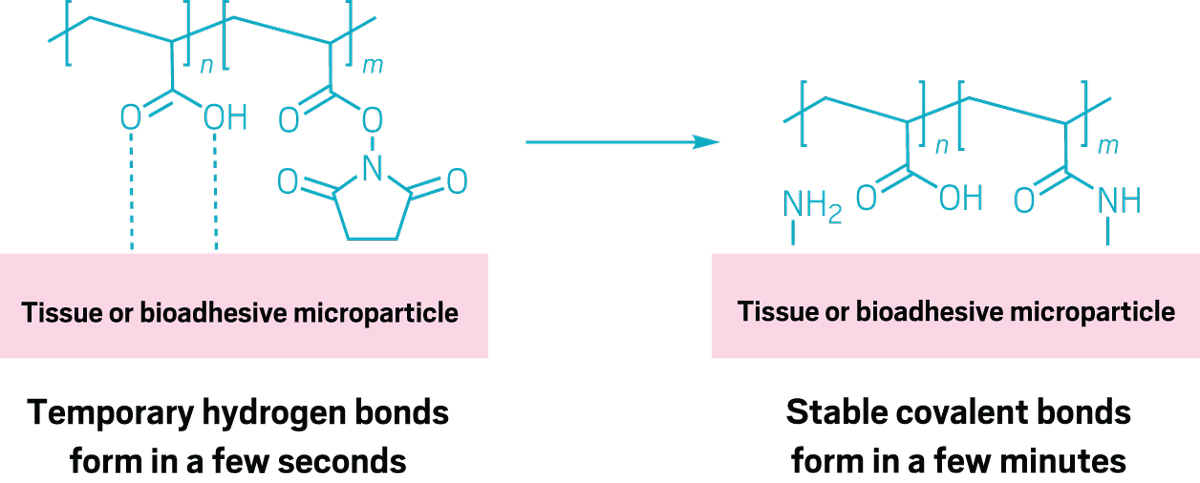Advertisement
Grab your lab coat. Let's get started
Welcome!
Welcome!
Create an account below to get 6 C&EN articles per month, receive newsletters and more - all free.
It seems this is your first time logging in online. Please enter the following information to continue.
As an ACS member you automatically get access to this site. All we need is few more details to create your reading experience.
Not you? Sign in with a different account.
Not you? Sign in with a different account.
ERROR 1
ERROR 1
ERROR 2
ERROR 2
ERROR 2
ERROR 2
ERROR 2
Password and Confirm password must match.
If you have an ACS member number, please enter it here so we can link this account to your membership. (optional)
ERROR 2
ACS values your privacy. By submitting your information, you are gaining access to C&EN and subscribing to our weekly newsletter. We use the information you provide to make your reading experience better, and we will never sell your data to third party members.
Materials
Strong, stretchy surgical glue
Human-protein-based hydrogel holds arteries and lung tissue together without leaks in animal tests
by Celia Henry Arnaud
October 9, 2017
| A version of this story appeared in
Volume 95, Issue 40
After surgery, holding tissue together allows incisions to heal. This closure is often accomplished with stitches or staples, but such materials can further damage tissue, particularly in the case of delicate tissue like lungs. Surgical glue is needed that can seal lung tissue without the need for using sutures or staples first. Although surgical sealants are commercially available, none of them has the right combination of elasticity, shear strength, and adhesion to work well with lung tissue on their own. Nasim Annabi of Northeastern University, Ali Khademhosseini of Harvard Medical School, and coworkers now report a strong and stretchy surgical glue they call MeTro gel that works well with lung tissue (Sci. Transl. Med. 2017, DOI: 10.1126/scitranslmed.aai7466). MeTro gel is a protein-based hydrogel made of human tropoelastin modified with methacryloyl groups that cross-link when activated by ultraviolet light. The material’s adhesive and mechanical properties depend on the amount of protein and the extent of methacryloyl substitution. The strongest and most elastic MeTro gel contains 20% protein (weight/volume) with a high degree of methacryloyl substitution. The researchers used the adhesive to seal surgically induced cuts and holes in rat arteries and lungs and in pig lungs. Animals treated with the sealant demonstrated no leakage and could breathe normally. The researchers plan to develop new versions of the material that can be cross-linked using visible light. Efforts are under way to commercialize the technology.





Join the conversation
Contact the reporter
Submit a Letter to the Editor for publication
Engage with us on Twitter